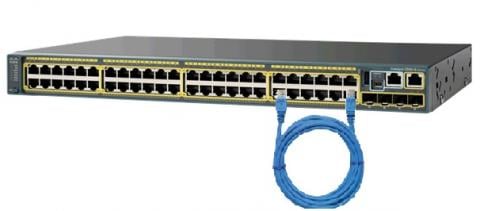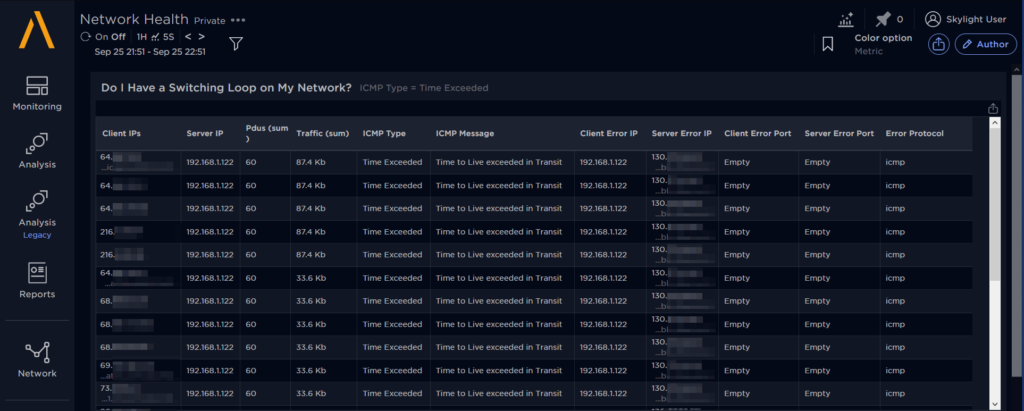What Is a Switching Loop?
A switching loop occurs in a computer network when there is more than one layer 2 path between two endpoint devices (i.e., there multiple connections between 2 network switches or two ports on the same switch connected together). For more information about switching loops, you should visit https://en.wikipedia.org/wiki/Switching_loop.

What Is the Effect of a Switching Loop on Network Performance?
When there is a switching loop on your network, the destination will be unreachable until the switching loop disappears because to join the next network hop you have to pass by the previous one.
This can take several minutes depending on the routing protocol that is used (i.e., OSPF, RIPv2, etc.).
Switching loops also generate broadcast storms, since the broadcast packets are forwarded to every port on the switch; the switch will repeatedly rebroadcast the broadcast messages, thus flooding the network.
When this happens on your network, everyone will lose the ability to communicate on the network. Once you break the switching loop, the network will return to normal in a few minutes.
All recent network devices provide loop detection and remove them automatically to avoid creating any issues on your network. However, it doesn’t mean that your users are not impacted, it is just that it is not visible to you.
Do You Have a Switching Loop on Your Network?
With Skylight, you can view switching loops on a single screen. (In fact, you can even create a shortcut to the screen on your workstation’s desktop).
You simply have to connect to Skylight’s web UI and select the view protocols/non-IP/ ICMP errors and enter the filter “icmp.type=11”.


 Improved delivery, better visibility: How Accedian and VMware are working together to help CSPs navigate the 5G world
Improved delivery, better visibility: How Accedian and VMware are working together to help CSPs navigate the 5G world
 Adding a new dimension of visibility to the Cisco Full-Stack Observability portfolio with Accedian Skylight
Adding a new dimension of visibility to the Cisco Full-Stack Observability portfolio with Accedian Skylight